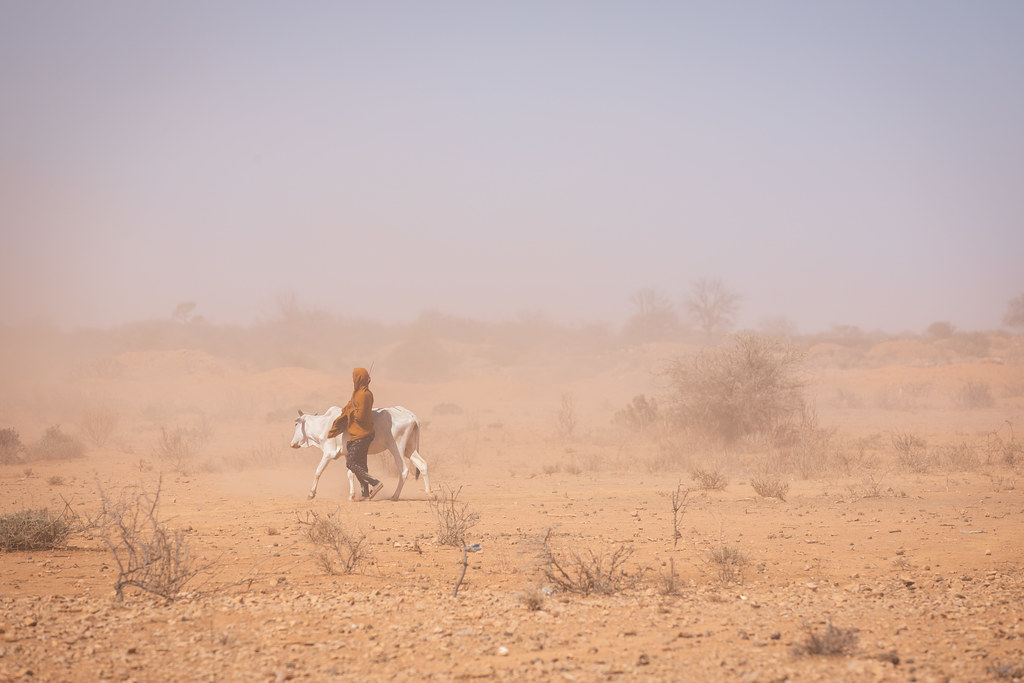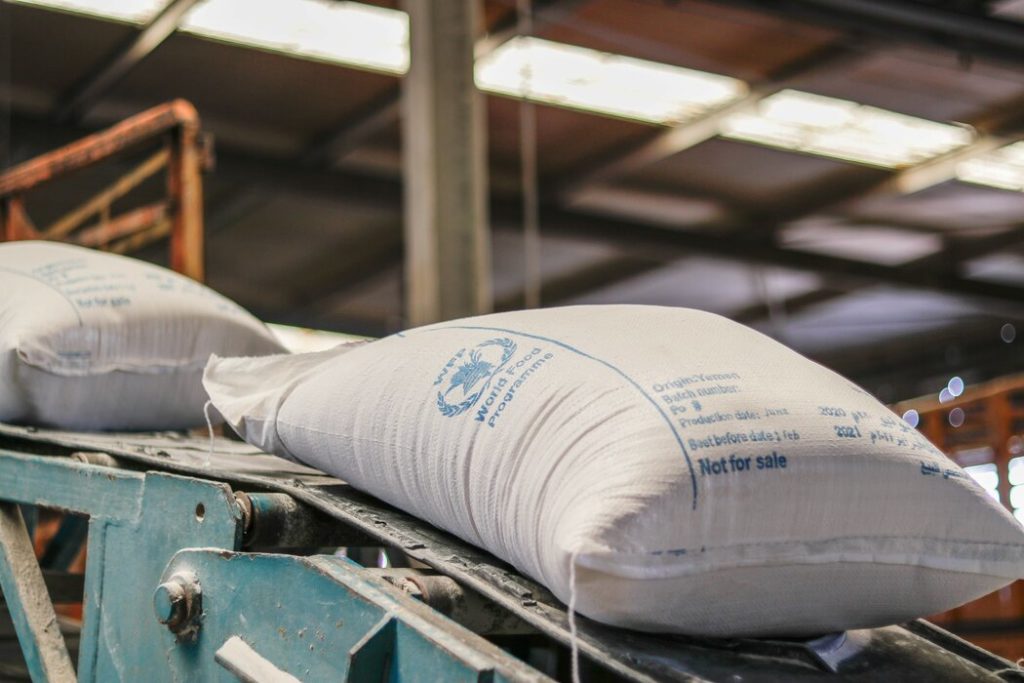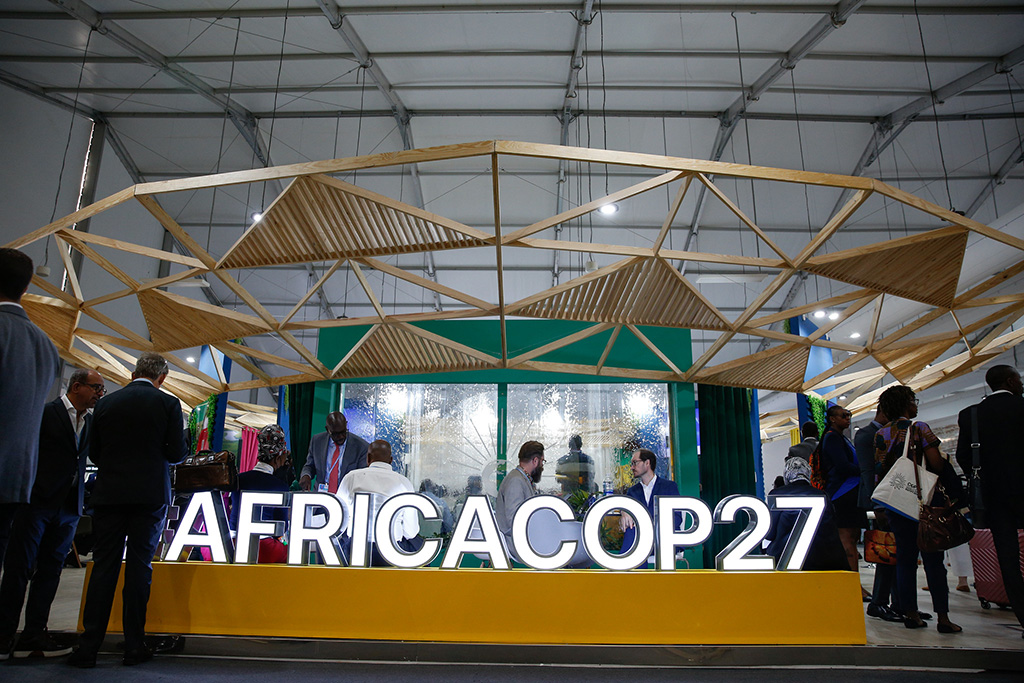This is a perspective on the year that just passed and what lies ahead for our global food systems.
2022 was no doubt an eventful year (put mildly), not least in the realms of food and food systems – for farmers and herders, traders and consumers or eaters alike. Amidst droughts and floods, war and conflict, lingering covid and spiking inflation, global food prices hit a record high last year. The ongoing food crisis has, according to the World Food Programme, taken “unprecedented proportions” with over 800 million people in hunger, a nearly threefold increase of people in acute food insecurity over the past three years, and 49 million people over 49 countries currently in acute risk of famine. Thousands have already lost their lives to famine.
But how did we end up here? For many of us, 2022 started out with high hopes of being able to breath out a little. Most parts of the world were just seeing an opening up of society, having lived through the worst parts of the covid-pandemic and ensuing restrictions, affecting all parts of the globe, people’s health, communities and production systems hard, including food production, prices and access. Then, in February 2022, Russia invaded Ukraine, with immediate effects on world food prices, caused by the crucial role both Russia and Ukraine play in the global food systems as major suppliers of global wheat, barley and cooking oil. The crises have been of particular concern for major importers from Ukraine and Russia, such as countries in the Horn of Africa, including Ethiopia and Somalia, already suffering from a multi-year drought at home. Besides the immediate effects on markets, both Ukraine and Russia are also major global exporters of crucial inputs to farming such as fertilisers and fuel, which have also contributed to the food price crisis, aggravating an already pressed market. And lingering effects will remain into the future.

Covid and Russia’s war on Ukraine have indeed contributed to the food crises, but they are not the only factors. Major crop failures and disruptions in agricultural systems over the past two years have been caused by a multitude of events, such as the floods in Pakistan, South Asia and West Africa; droughts in the Horn of Africa and China; heatwaves in South and Central Asia, China and Europe; tropical storms and hurricanes in the Philippines and the US, affecting the production of anything from oranges to rice. As global warming continues, these types of disruptions caused by extreme weather events will only increase in frequency and severity. Disruptions and failures in key food infrastructure hubs and passages, such as the storms in Durban, South Africa last year also function as triggers.
It is worthwhile to note, however, that the cause of the modern food crisis and famine isn’t necessarily a lack of food per se. Rather, it is a combined effect of production losses and supply chain disruptions, paired with countries’ and actors’ responses to these events. Export bans from countries could further fuel the crises and cause price spikes. Another (positive) example is the tremendous diplomatic effort given to aid for transporting wheat through the Red Sea in the midst of an ongoing war. Ultimately, political decisions and policy designs are major factors in determining the outcomes of disruptive events, including issues of power, poverty and inequality. That is why, dry as it might sound, policy and politics will also be crucial to solve and prepare for future crises. It is also why a closer look at the current policy landscape is warranted for the year ahead.

The food crisis – alongside the very connected energy crises – has certainly been reflected in major policy events on the topic in the last year. A new awareness within policy discussions is tangible on the tight interlinkages between climate change risk, mitigation and adaptation, food systems, biodiversity and water resources. Agricultural production alone accounts for ca. 30 % of all greenhouse gas emissions, and the food sector is being put forward our time’s great opportunity to put things right. To combine the expertise, needs and knowledge of actors ranging from smallholder farmers and herders to billion-dollar companies. Actors in all parts of the food system need to contribute to adaptation and resilience building and adaptation to future conditions, and at the same time mitigating the sectors’ emissions, and strengthening equality and justice. As optimistic as one might be, this task is no doubt also a daunting one.
At COP27 in Egypt in November 2022, this shift was reflected at the negotiations table and in the corridors. Food, agriculture and wider food systems issues have never before been so present at the COP. Hundreds of farmers were partaking in the event, including young farmers – this is a dramatic increase from only a few years back hosting a handful. No less than four separate ‘pavilions’ (side event venues) were dedicated specifically to food and food systems, and many conversations in other arenas touched or centred around the topic. Leading up to the conference, there had been a strong push to move from discussions simply around agriculture and food production, towards a more holistic view of the challenges ahead and introducing the framing of “food systems” to the talk, including sustainable diets, food waste, and supply chains. Discussions were active in the Koronovia Joint Work programme, the first and only agenda item adopted 2017 focusing specifically on Food and Agriculture. In the end, the Koronovia discussions did not take up the framing of food systems, nor did the phrasing ‘stick’ in the final version of the COP27 cover decision texts, but the conversations will continue in another four-year cycle.
The world slowly awakens in 2023 to a future where multiple and perpetual crises are likely to be the new normal and increased geopolitical tensions are palpable. Multilateral cooperation for the needed distribution and shared resources are therefore more crucial than ever to deal with crises. The design and implementation of policies to increase long-term resilience, rather than aggravating or redistributing risk will also be crucial, not least for future food systems. The increased understanding of the connectedness of our global systems is evident, including the connection between the resources of the earth, be it soil quality, biodiversity, water and land use. Even though the outlook might be gloomy at first sight, it also invites to a broader understanding of resilience building and adaptation on a global scale, and an increased focus on resilience and inclusive and just practices.
